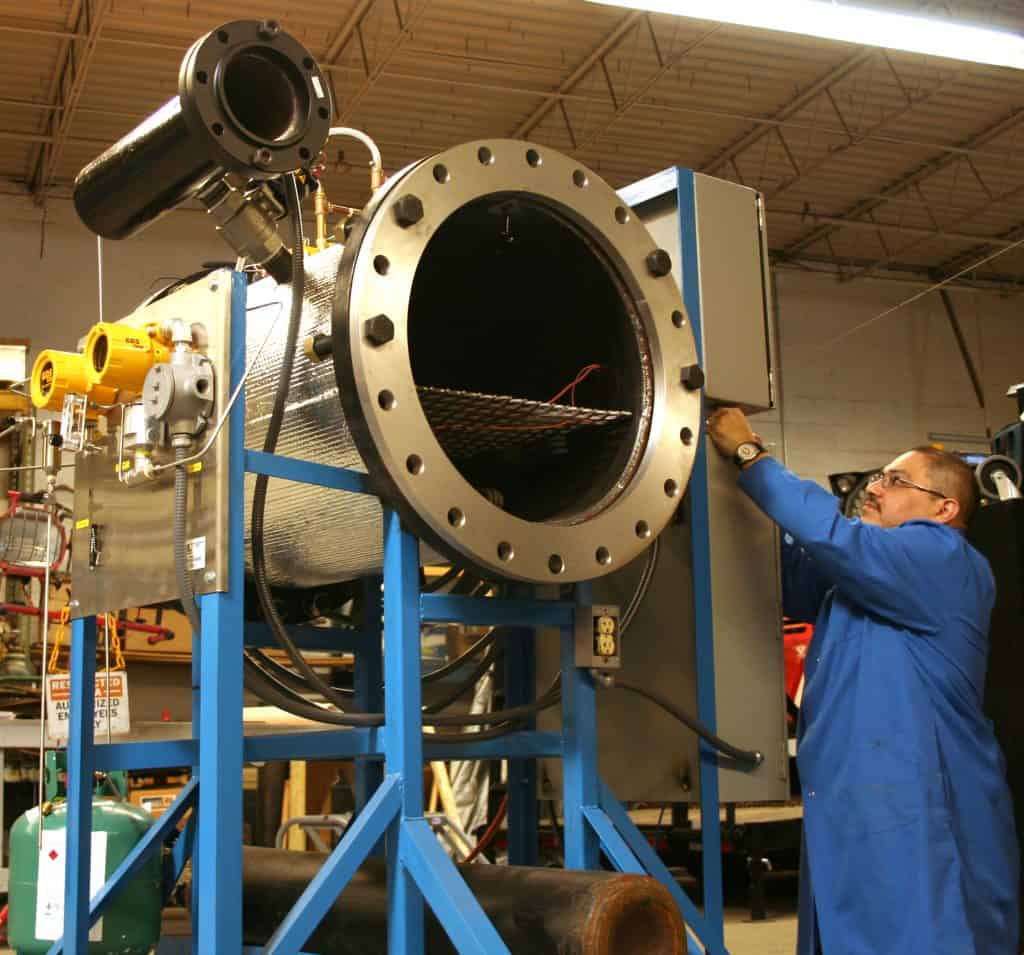
Section 9 – Explosive Atmosphere:
D.L.S. Conformity Assessment is expanding their explosive atmosphere testing capabilities. This test is implemented to demonstrate equipment’s capability to operate in a flammable environment without causing an explosion, or to show that the design is able to prevent the explosion spreading outside of the enclosure of the equipment.
Click to learn about MIL-STD 810 Explosive Atmosphere testing.
There are three types of explosive atmosphere tests:
Environment I
Atmosphere in a space in which uncovered flammable fluids or vapors exist, or can exist, either continuously or intermittently (e.g., in fuel tanks or within fuel systems).
Environment II
Atmosphere in which flammable mixtures can be expected to occur only as a result of a fault-causing spillage or leakage.
Environment III
Atmosphere within a designated fire zone.
Equipment Categories
Category A
Equipment is designed so that:
- In normal operation the temperature of any surface will not rise to a level capable of causing ignition, nor will any operating part cause ignition.
- Ignition of an explosive mixture is contained within the equipment without igniting an explosive atmosphere surrounding eut.
- During normal operation, or as a result of an y fault, the temperature of any external surface will not rise to a level capable of causing ignition.
Category E
Category E equipment is not hermetically sealed and not contained in cases designed to prevent flame and explosion propagation. Such equipment is not intended for installation in Environment I. Such equipment is designed so that in operation the temperature of any internal or external surface will not rise to a level capable of causing ignition, nor will any operating internal part cause ignition so that it meets the non ignition test.
Category H
Category H equipment, including those hermetically sealed, contains hot spot surfaces (external or internal) and is non-spark producing under normal operating conditions. Such equipment is designed so that in normal operation the temperature of any internal or external surface will not rise to a level capable of causing ignition so that it meets the components or surface temperature test. Hermitically sealed equipment meeting temperature requirement on external surface shall be identified as Category H equipment.